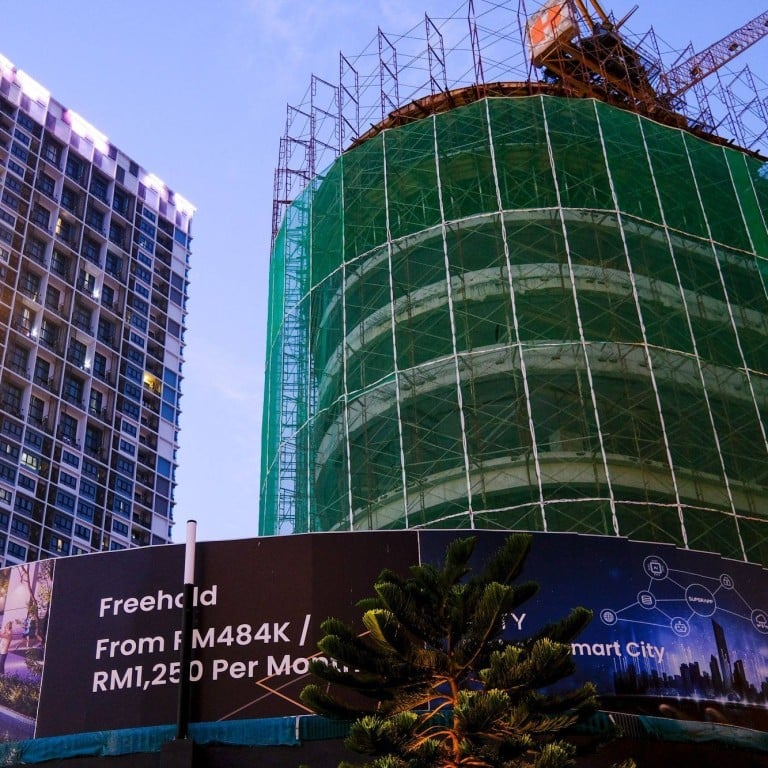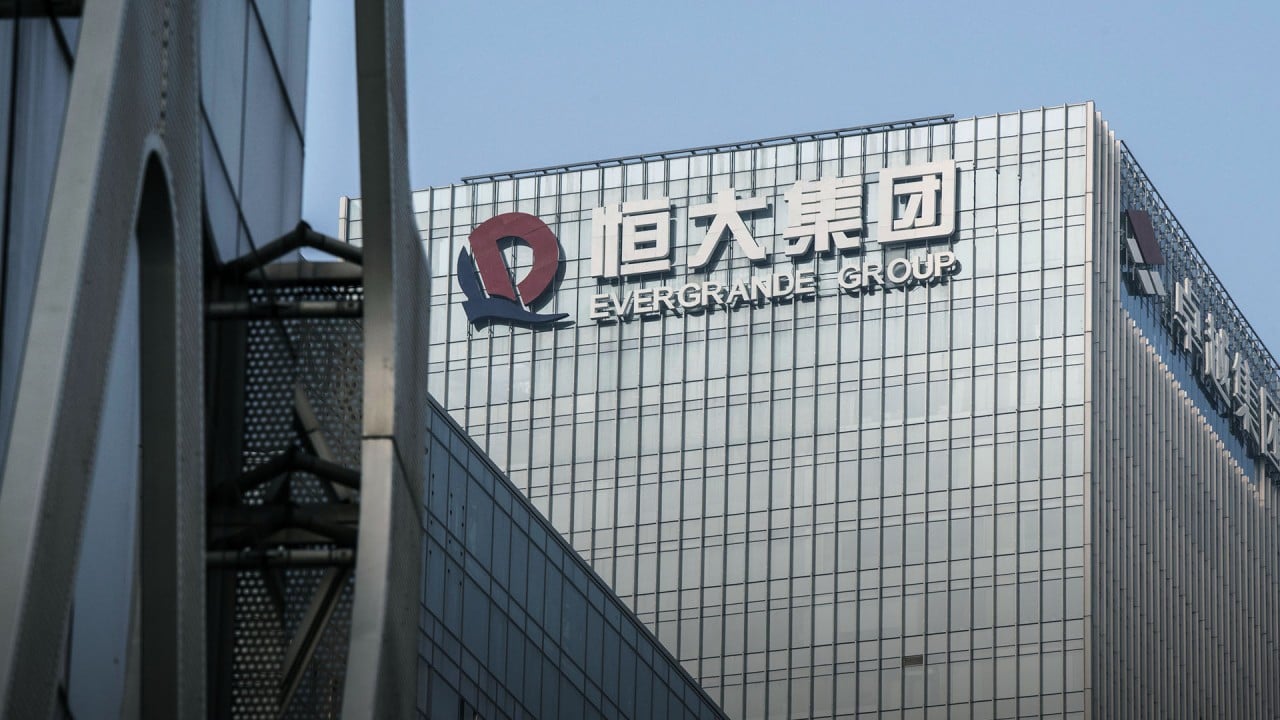
How higher inflation and rising interest rates will test Asia’s buoyant property market
- Asia’s real-estate sector benefits from relatively strong fundamentals and reliable demand that should limit any fall in prices
- Given huge demand for home ownership and the large amount of capital waiting to be deployed, Asian property should continue to perform well
Several Asian central banks are behind the curve in battling inflation and are being forced to raise rates more aggressively than expected. Not only is it unclear how high rates will go, there is uncertainty over the severity of a policy-induced economic downturn. “Right now, the cost of debt is top of mind. We’re past peak pricing,” said Greg Hyland, head of capital markets Asia-Pacific at CBRE.
The residential market is repricing the fastest. A report by Standard & Poor’s published on June 16 singled out New Zealand, Australia and South Korea as the most exposed because of developed economies’ greater sensitivity to moves in rates and excessively high household debt.
Average rates on long-term fixed-rate mortgages for new owner-occupiers and investors in Australia have jumped to between 4.1 and 4.5 per cent, a full percentage point higher than at the start of this year.
Australia’s booming housing market needs a dose of ‘common prosperity’
It is not just the higher cost of debt that is dampening investment activity. Higher construction costs and concerns about the security of income in a much weaker economic environment are also having an adverse impact on sentiment.
Hongkongers once again find Japanese real estate attractive on weakening yen
Last year, rental yields on prime logistics assets in Melbourne and Sydney fell by a further 75 to 125 basis points, to close to 3.5 per cent, according to data from JLL. This is near the level at which Australia’s 10-year bond yield now stands, showing the extent to which the yield advantage has eroded.
The end to super-cheap money will also accelerate the divergence between prime and secondary properties. JLL estimates that there is more than US$40 billion worth of unrealised value in ageing and underperforming real estate in Asia. As rates move up, prices of lower-quality buildings, especially ones that do not meet sustainability standards, will fall more sharply.
Moreover, the level of financial distress in the commercial sector is negligible. Many owners have strong holding power, while the investor base has changed significantly as markets have matured. “There are many more ‘core’ buyers that have limits on leverage,” said Stuart Crow, chief executive of Asia-Pacific capital markets, at JLL.
To be sure, the end of the era of low rates and low inflation poses big challenges for Asia’s property industry, with a strong likelihood that risks are being underpriced in some markets. But, given the huge demand for home ownership and the large amount of capital waiting to be deployed into commercial real estate, Asian property should continue to perform well.
Nicholas Spiro is a partner at Lauressa Advisory


